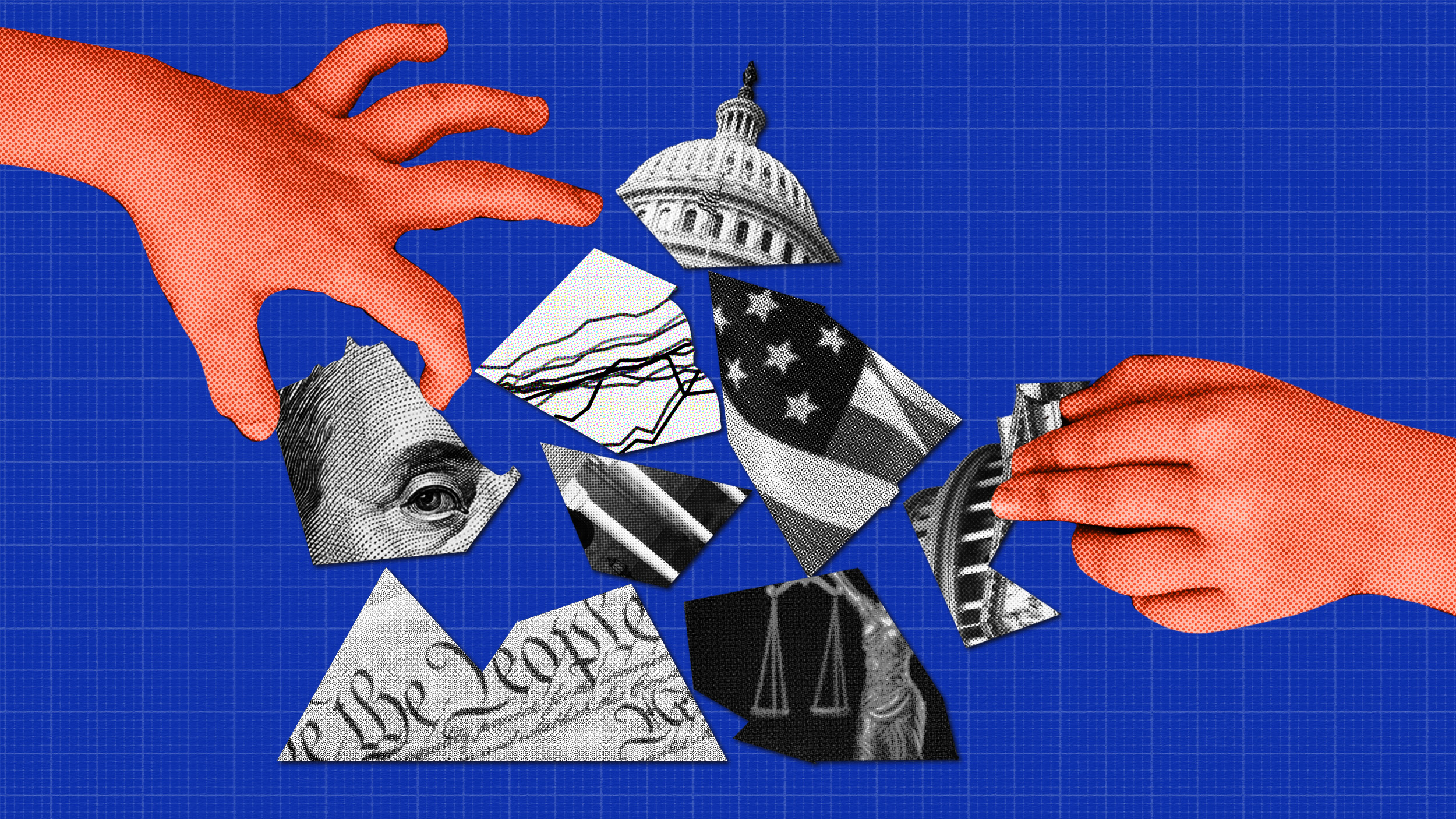Justice Breyer was disappointed with the Seattle decision.
Stephen Breyer: We didn’t know too much about the real problems in the country, I’d say that. I mean there are problems of race that we hardly knew existed in San Francisco, but they were right in front us. And gradually we got to see what they were. I can remember my mother telling me one day she had a friend who was black, and they wanted to go to a restaurant for lunch. And they were gonna go to the Saint Francis Hotel, and they were discussing whether they could. And that was San Francisco, that wasn’t the South. there is not a magic answer. You know I’m probably . . . since I recently wrote a dissent in a case involving the use of race-conscious criteria in the schools . . . whether the city of Seattle could use . . . As one criteria among several, they allowed high school students freedom to choose whatever school they wanted. They listed preferences. But they said no school could be more than 85% white. Basically that was their criteria. And the question was, “Could they actually overtly, in that way, use a racial criteria?” And the court, 5 to 4, decided that they could not. They could not. I dissented. I thought, “Of course they can’t.” Were consequences relevant there? They certainly were to me. Because I said, “If you interpret the equal protection clause to forbid this, how are people supposed to deal with problems of race and poverty in inner cities of America?” And I see the Constitution as a very workable document. I think Madison’s genius was to say we’re going to get these values. We stay the same. And we’re gonna embody them in words that allow their application over the course of the next 400, 500 years, if not longer. And to do that, you have to refer back to how do these values apply today? What’s the value of the equal protection clause? Trying to bring us together; trying to create one nation; trying to create race . . . separate . . . a caste system; and try to create one country out of this diversity. And it’s a miracle, but we’ve been able to do that to a degree. There’s still plenty of problems. And for me to think of that clause being posed as an obstacle to such an effort, I just think that that was wrong. And I expressed by view very concisely in about 77 pages. To go back to a specific case, I was most pessimistic about the court’s decision in the Seattle case involving the use of race-conscious criteria. When I think about that seriously, I was in the dissent. I think it was a bad decision. That’s what I wrote. It impedes the ability of communities to take people who are isolated in the center of the city, very poor, family background could be terrible, and lacking opportunity, and try to work out the problems in the community context. So I think this is a bad decision. It’s a throwback. But it’s only a throwback, you see? Because really, ultimately, I am an optimist. And ultimately, I do think that people overcome even this kind of a barrier. And people figure out how to solve these problems . . . not perfectly, but we’ll do it. The country itself is becoming much more of a diverse country, and yet we can cooperate. We cooperate. We know how to do it. That’s really, I think, our great . . . If there’s an American contribution, I think it’s in that respect . . . the respect of being open, and coming into a problem and not being prejudiced about it; and trying to look for whatever solution arises out of a problem. It’s a pragmatic attitude. It’s an attitude that is not a respecter of persons. It’s a respecter of problems. And we don’t just take what people say as if from on high.
Recorded on: 7/5/2007 at The Aspen Ideas Festival






